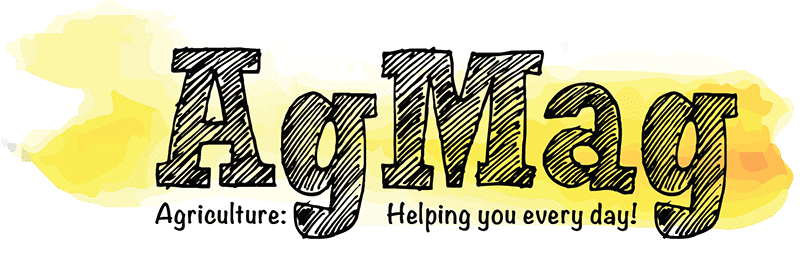Agriculture and Water
Water has been, and always will be, a concern for humans—especially when it comes to using it wisely as drinking water, and to grow food. When we think of water resources, we often think of the surface water sources like oceans, lakes, and rivers that surround us. However, in Minnesota 75% of water that we use to drink, and 90% of the water farmers use to irrigate comes from underground.
In Minnesota, water is found underground in aquifers, which are large bodies of rock and sediment that hold groundwater. There are two types of aquifers: confined, and unconfined. Confined aquifers have large bodies of water that are found deep underground beneath an impenetrable layer of rock and clay. They are only accessible by drilling. Unconfined aquifers are much closer to the earth's surface, underneath a permeable layer of rocks, soil, and sediment that allows liquids and gas to pass through it. There are aquifers all over our state, many of which were formed from glaciers thousands of years ago. The location and availability of confined and unconfined aquifers make a huge difference in how farmers choose to irrigate their crops.
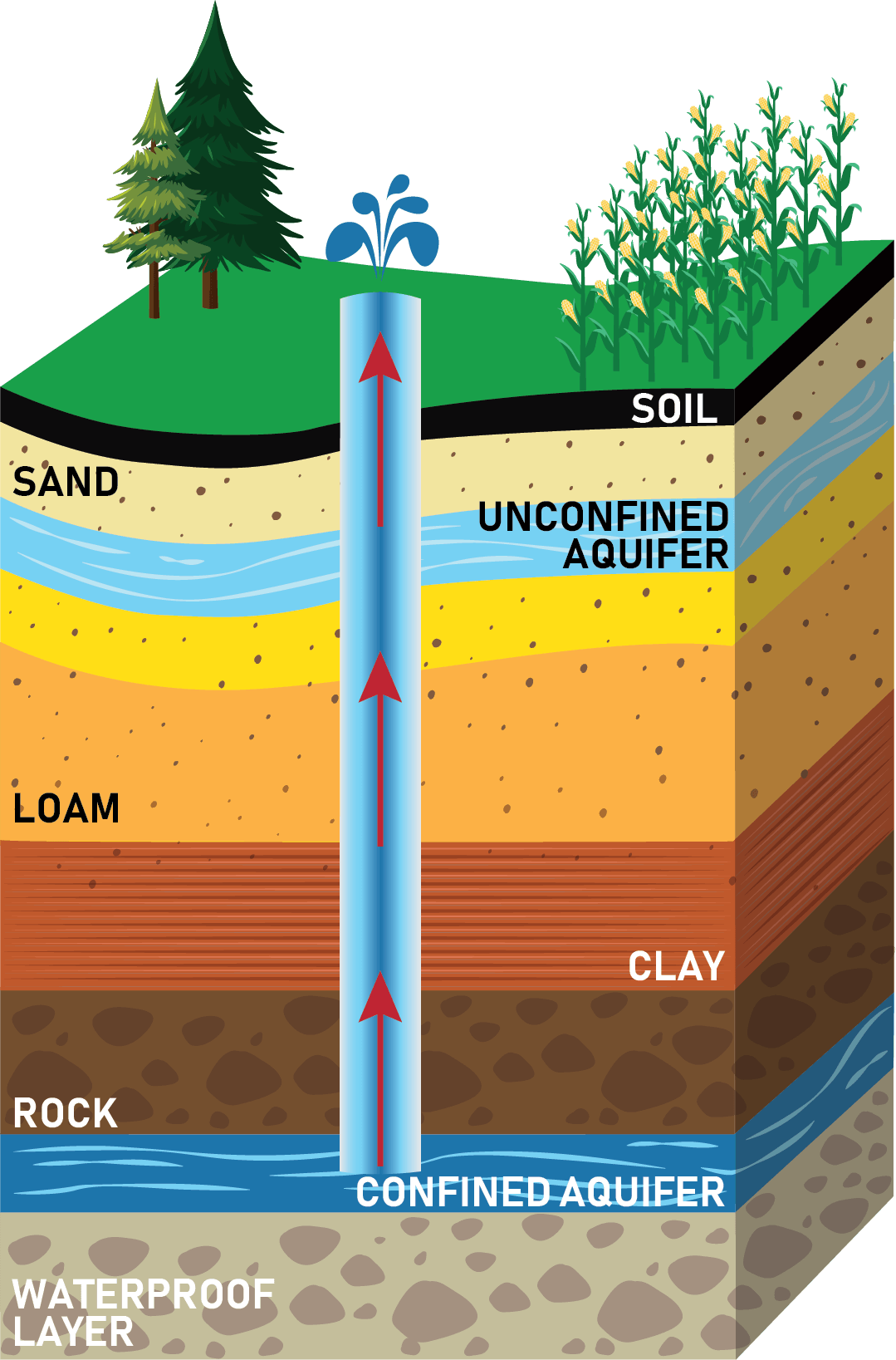
Irrigation is the process of applying water to land to assist in the production of crops. Agriculture that does not use irrigation but instead relies only on direct rainfall is called rain-fed agriculture.
Aquifers in Minnesota
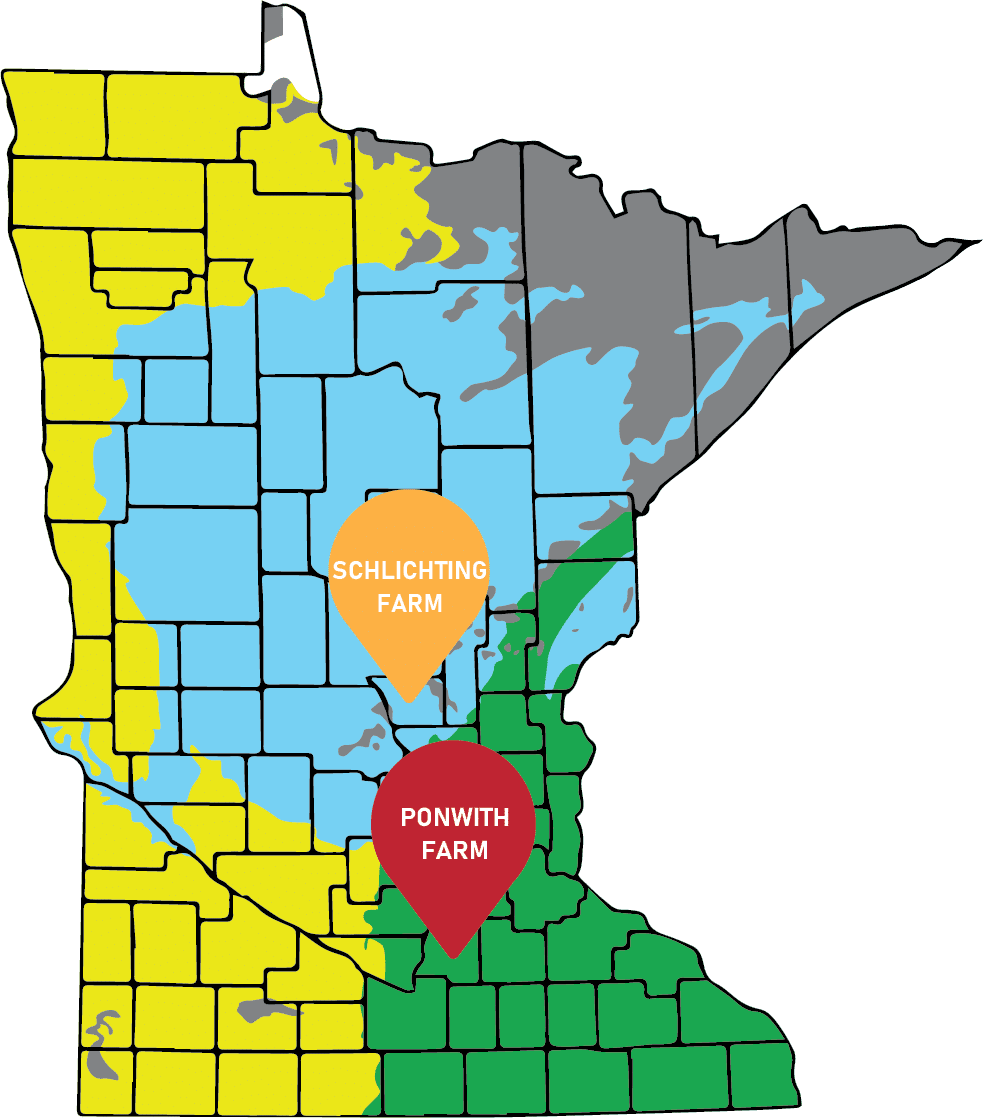
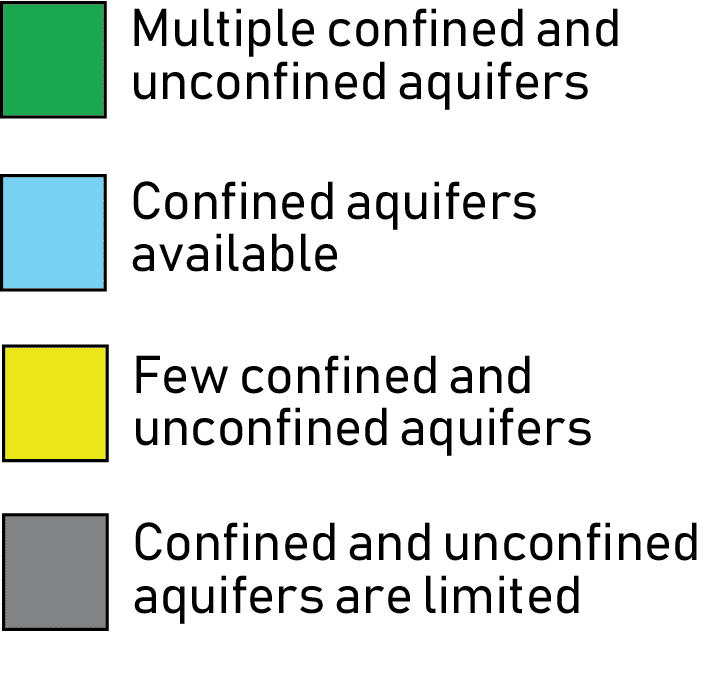
1 centimeter on the map is equivalent to 40.60 miles on the ground.
Think and Discuss
- Imagine you had a farm at a location of your choice in Minnesota. Use this map and the information shared by Emily and Jocelyn to determine how you would water your crops. Explain why.
- What are the advantages and disadvantages of your watering choice?
Rain-Fed Agriculture
PONWITH FARM
Emily Ponwith owns and operates Ponwith Farms with her husband, Ryan Ponwith, near Cleveland, MN. They grow corn and soybeans, and raise cattle. On Ponwith Farms, they rely on rain to water their crops. The soil at Ponwith farms is a silty loam soil that can retain a lot of moisture for a long period of time. The combination of rich soil, as well as the rainfall that Ponwith Farms usually receives during the growing season allows them to not have to pump any water from aquifers.

The advantage of rain fed agriculture is that Emily doesn’t have to worry about purchasing, installing, or maintaining expensive irrigation equipment to water her crops. However, weather can be extremely unpredictable. If the Ponwith farm doesn’t get enough rainfall during a growing season, their crops may suffer.
Pivot Irrigation
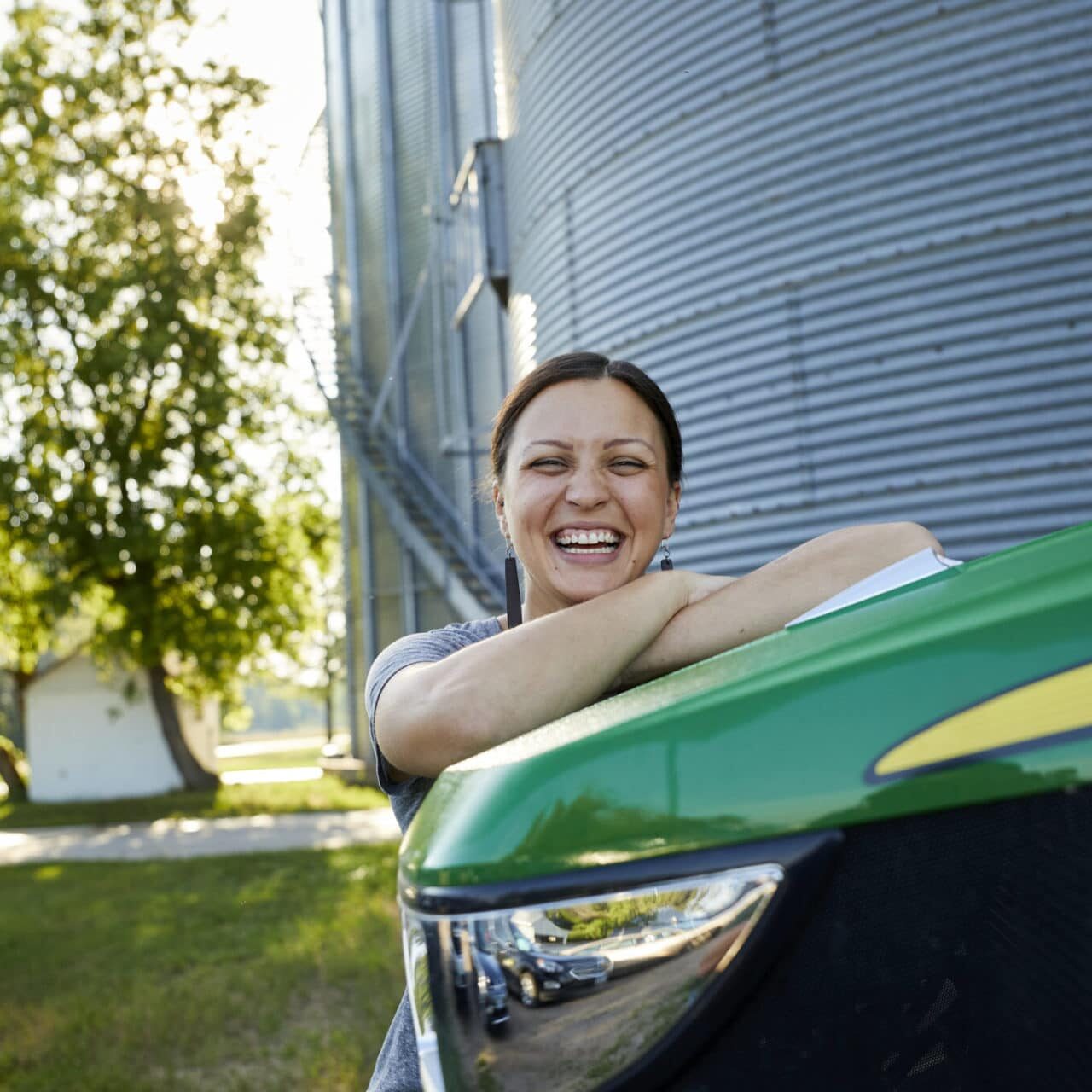
SCHLICHTING FARM
Jocelyn Schlichting is a fourth generation farmer in Rice, MN. The soil on her farm is very sandy, not like the nutrient-rich, dark silty soil you can find at the Ponwith Farm. This sandy soil has its benefits and challenges. It allows for great drainage, which helps crops resist disease and rot, but it simply cannot hold nutrients or water very well, which makes it difficult to grow quality crops.
In the late 1960’s, everything changed for Schlichting Farm when they installed pivot irrigation. They drilled wells that tapped into the large aquifers, and then pumped that water out and into their irrigation system. The center pivot irrigation system sprays the water onto the fields when the plants need more moisture to grow.
Because of the irrigation system, the Schlichting Farm is now able to grow high quality, specialty crops like potatoes and kidney beans. The Schlichting Farm takes their water usage very seriously. They work with agronomists, experts in the science of soil management and crop production, and irrigation specialists to monitor the moisture in the soil, so they are only irrigating the crops when they actually need it. They also maintain their irrigation equipment so each spray nozzle is working as it should. They rely on water to run their business, as well as grow food that feeds hundreds of thousands of people. Jocelyn states, “No one has more reasons than a farmer to protect our water resources.”
This photo was taken during the summer of 1969 on Schlichting Farm. The new pivot irrigation system is providing water to the corn field.
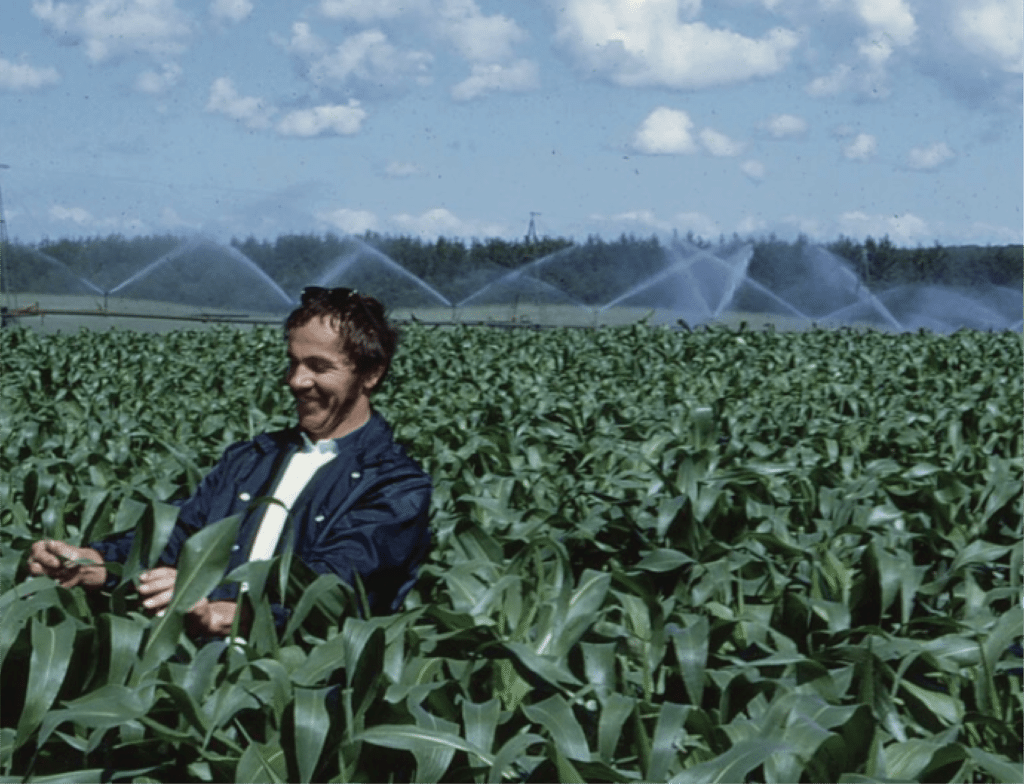
Photos on this page courtesy of Ponwith Farm and Schlichting Farm.
